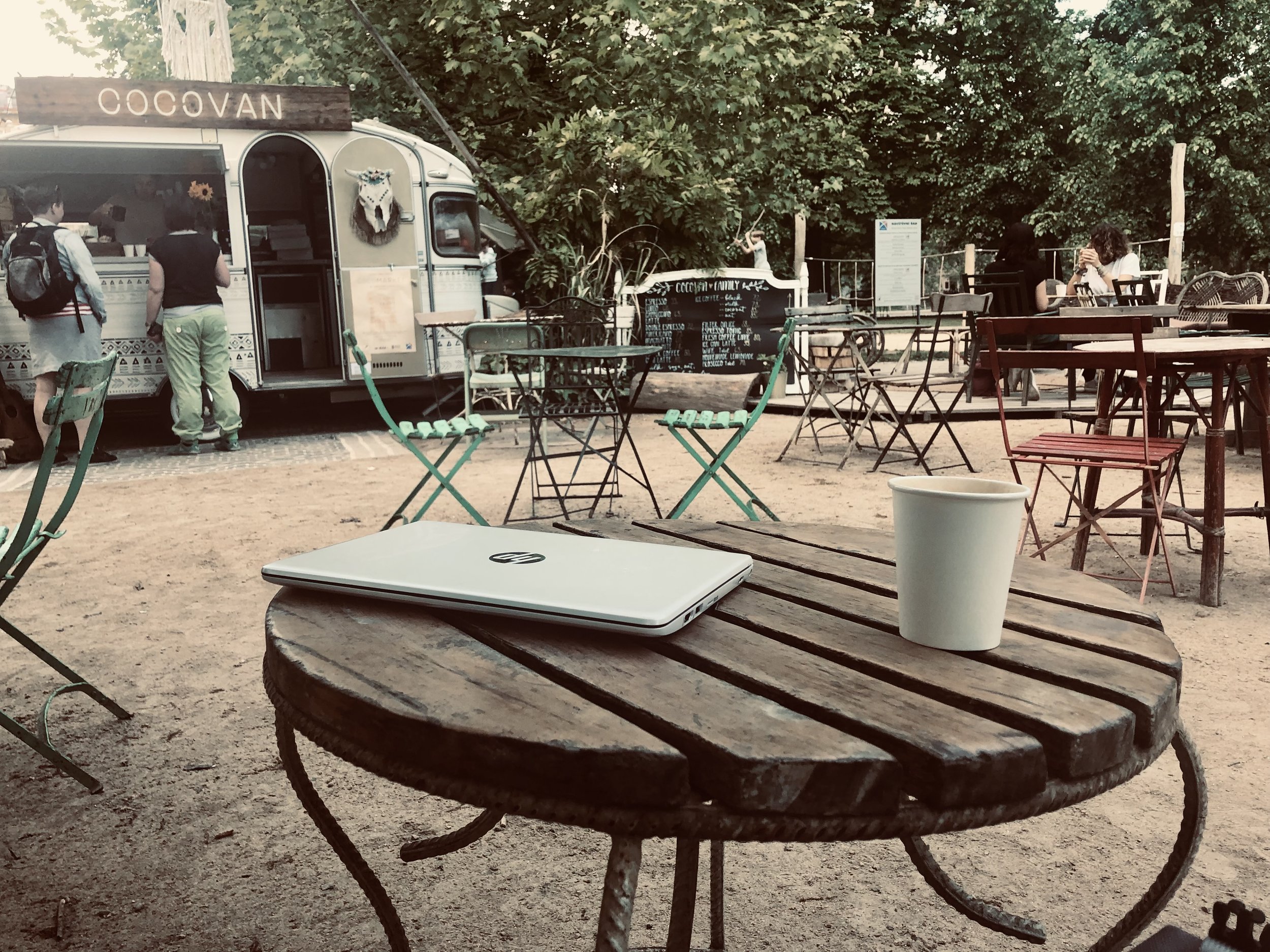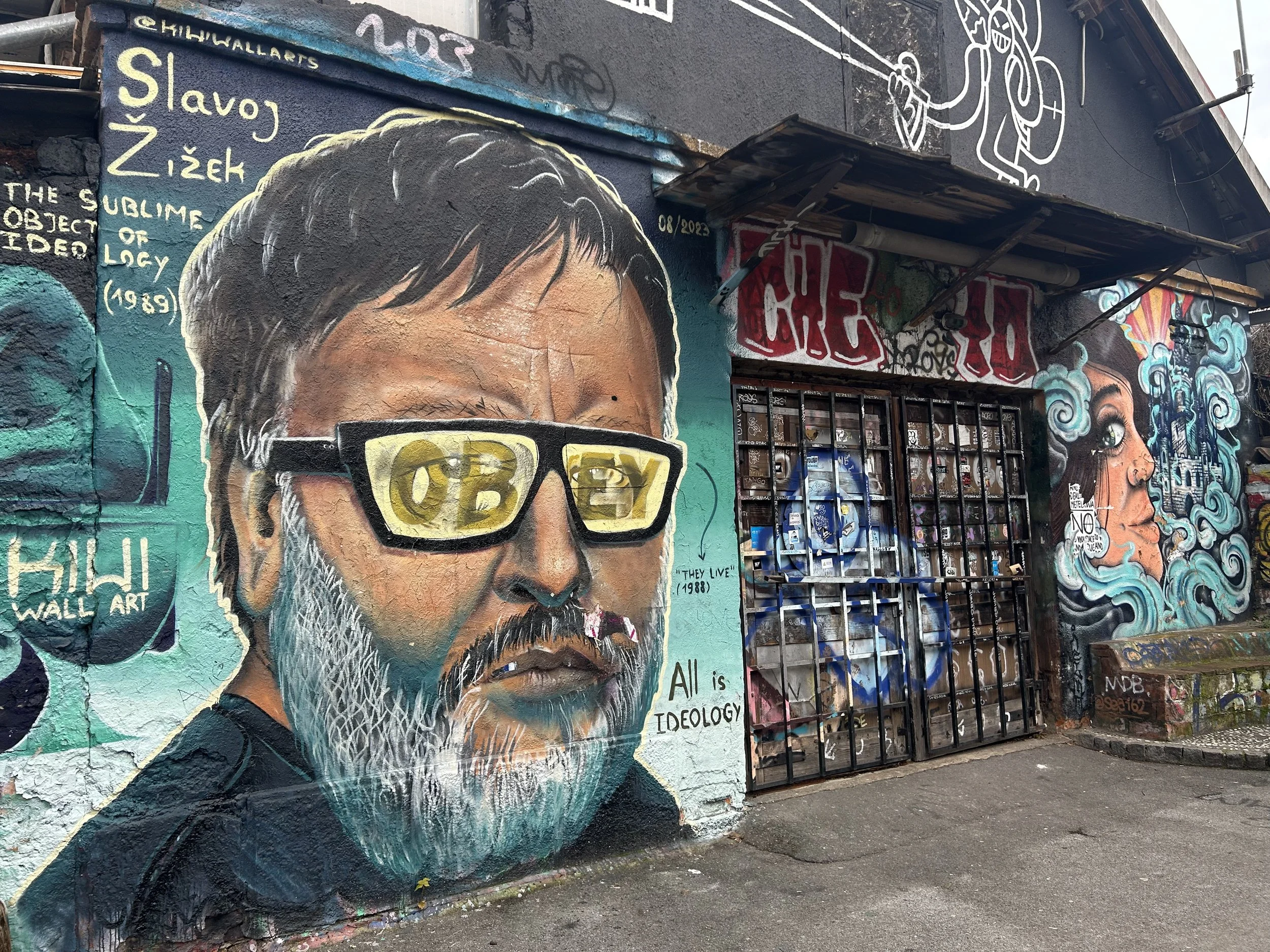
Cultivating the Cinematic Imagination: Storyboarding in the Writing Classroom

Why Storyboard?
Tapping into the cinematic imagination encourages students to re-see writing as multimodal making. While storyboarding can be used to support a scaffolded video essay, it is also an art in its own right. Storyboarding asks students to consider the relationship between improvisation and control in the process of multimodal making, which can, in turn, contribute to a renewed perspective on text-based composition.
Students in my writing courses create storyboards for photo, video, or audio essays.
After completing their projects, they reflect on the process, exploring how and why they deviated from the boards in the post-production process.
Students in my Writing and Documentary Film course use storyboards not only for their own projects but also to reenvision, reimagine, and restructure scenes from the films we watch in class.
Perspectives on Storyboarding
This handout includes quotes from filmmakers about storyboarding to encourage students to think more deeply about the relationship between improvisation and control in both filmmaking and composition.
Want Your Students to Write Better? Assign Video Essays.
In this article, Michael Blancato and Natalie Kopp make a convincing argument for assigning video essays in the 21st-century writing classroom.




